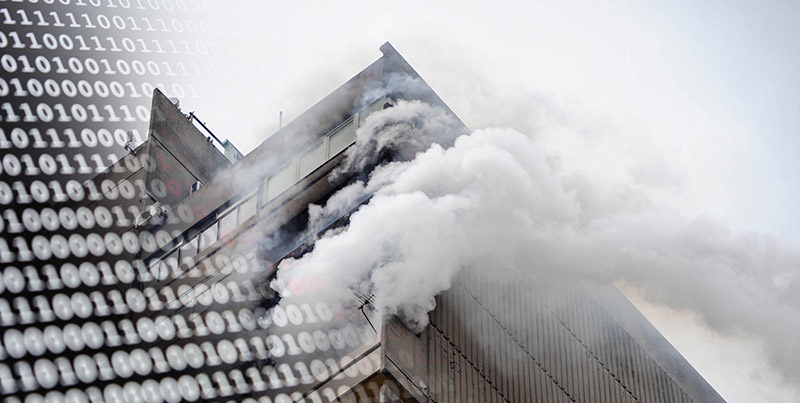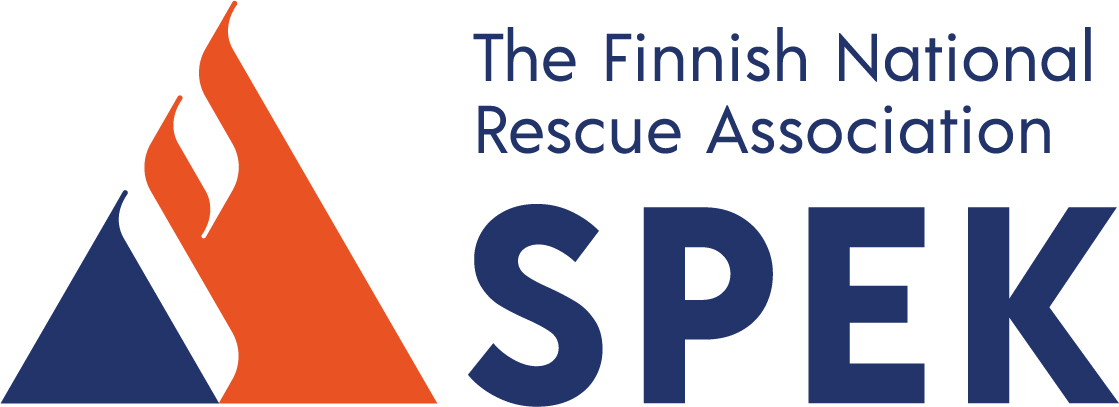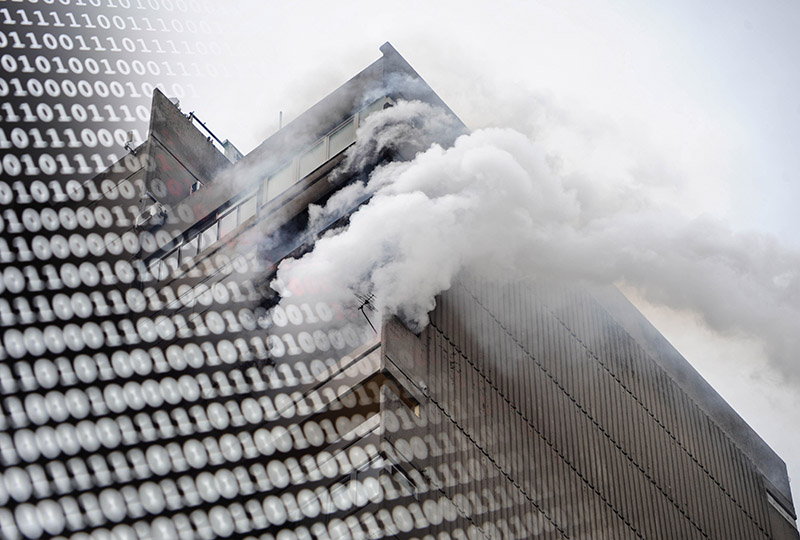At the moment, the Finnish rescue services are not utilising all the information that could be used to predict incidents. A more detailed analysis would make it possible to predict much better, for example, where buildings with a high risk of fire are located. A study published by the Finnish National Rescue Association shows that rescue services should consider utilising proactive analytics in risk assessment.

Combining information on the technical characteristics of buildings, residents and their socio-economic situation and past accidents and disruptions in the area would make it possible to predict the likelihood of structural fires.
“In the study, we surveyed new datasets and found key factors that explain structural fires. These factors are not currently used in the risk analyses of rescue services,” says Laura Kuurne, Researcher in Data Analytics at Finnish National Rescue Association.
“Socio-economic factors, for example, are key variables in predicting structural fires. Therefore, they should be included in information systems of rescue services to produce more accurate risk assessments,” Kuurne explains.
At the moment, rescue services’ risk analysis that consists of risk squares of one square kilometre is used in Finland. The risk of structural fire is assessed based on the population of the squares and the area of the buildings. The risk analysis could be made more detailed by adding other variables, thus providing more accurate and useful information.
Machine learning methods provide useful information for rescue services
Supervised machine learning methods have become popular in several disciplines and for different purposes over the past years. They should also be considered as a tool for the risk analysis of rescue services.
“The computational framework for predictive analytics enables the calculation of fire risks of individual buildings. It can be used for one-off analyses or it can be combined with the information systems of rescue services.”
Modelling and predicting different types of phenomena is easy with the methods of supervised machine learning. In addition to the rescue services, other national authorities could also benefit from these methods.
“Collecting national geographic datasets is expensive and laborious. It would be a good idea to collect the data in a single system, such as the accident prevention information system currently being developed by the Ministry of the Interior,” Kuurne continues.

